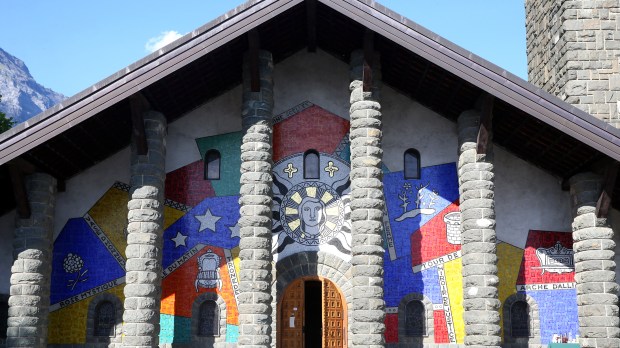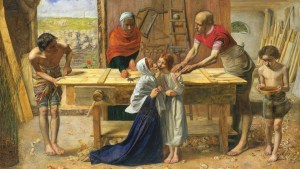The Plateau d’Assy, in Haute-Savoie (in the French Alps), is first of all the scene of a human story. No less than 2,500 hospital beds appeared there after the end of the First World War on what had been nothing but mountain pastures. The reason? The altitude, the fresh air, and the sun—the only means then existing to fight against the wave of tuberculosis ravaging the population. Chaplains were present at the bedsides: among them, Fr. Jean Devémy, who originally wanted only a “simple and honest” church to welcome the tuberculosis patients, their families, and the caregivers.
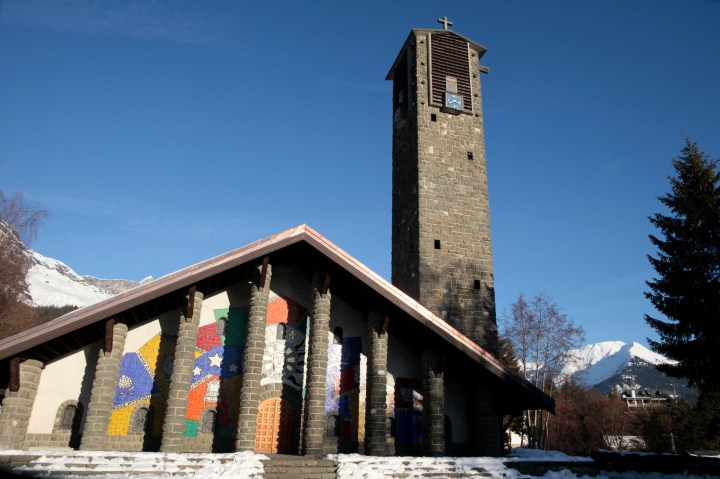
But this project was transformed by historical context and a moving encounter between the priest and the Dominican priest and artist Marie-Alain Couturier. Convinced of the potential of each artist as an “inspired person” whatever their political or religious convictions may be, Fr. Marie-Alain Couturier wished to call upon the best artists and craftsmen of his time to decorate the church in a humanistic style that would bring comfort and support to each inhabitant of the Plateau, to reach each person in their suffering. The project intersected with the events of the time, and was enriched by the experiences and traumas of each artist.
Jean Lurçat, an anticlerical atheist, depicted the struggle between good and evil in his monumental tapestry of the Apocalypse, not forgetting to include a depiction of the blackened lungs of a tuberculosis patient. As for the stained glass window of St. Raphael (whose name means “God heals”), the angel’s face is styled after that of its author, Fr. Couturier, who also suffered from respiratory ailments.
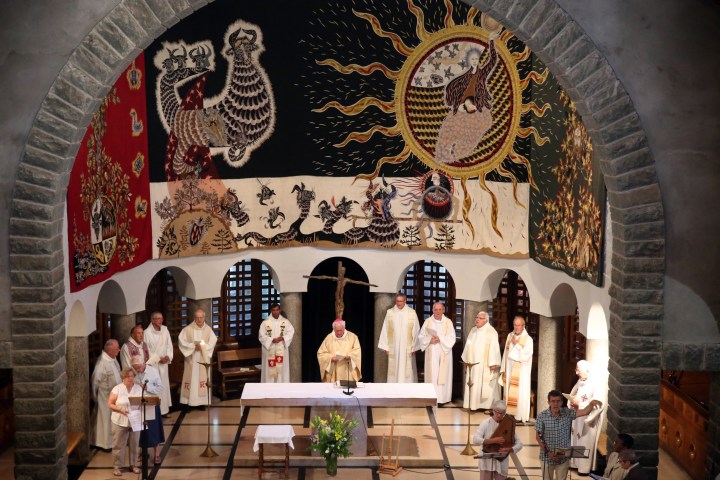
The real miracle of Assy does not lie in the healing of the sick, but in the extraordinary meeting of artists with such diverse sensibilities, so that, as Chaîm Lipchitz says on the back of his Our Lady of Liesse, “the Spirit may reign.”
The Second World War could have hindered the project, but it did not. During the bombings, Pierre Bonnard admitted that he felt protected in his cellar by his image of St. Francis de Sales, which he was painting for a side altar. As for Germaine Richier, a convinced Catholic, she provided a Crucified Christ for the high altar, expressing her questions about humanity after the discovery of the concentration camps. Is writing a poem after Auschwitz barbaric, as German philosopher Theodor Adorno wrote at the time?
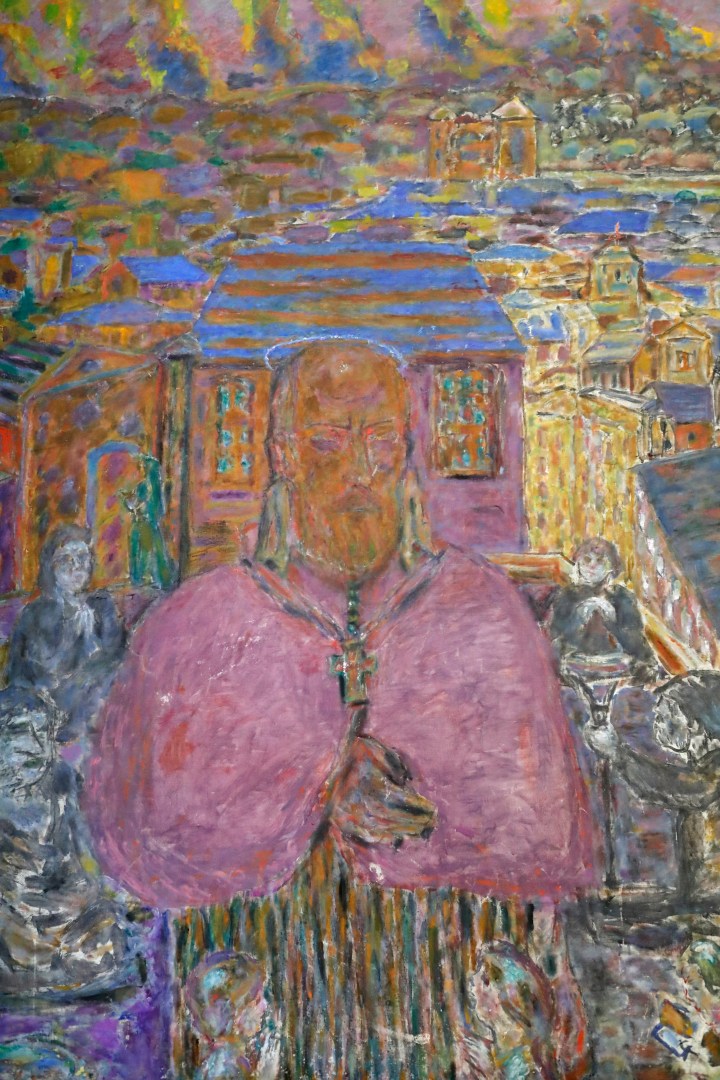
This vision, which she drew from a biblical source—the book of Isaiah and his suffering servant (Is 52:14)—nevertheless shocked a part of the Catholic population still unaccustomed to this renewal of artistic language. The work thus spent 20 years in the mortuary chapel, practically blacklisted, lit only by the face of Rouault’s St. Veronica, the “Mona Lisa of Assy.” The affair took on a worldwide dimension, and even the Vatican was obliged to make a statement. Cardinal Celso Costantini did not hesitate to speak of “an insult to the majesty of God and a scandal for Christian piety.” However, this was not the opinion of the patients of the Plateau, who saw in it Compassion itself.
Despite the presence of all these artists of diverse convictions, the Plateau d’Assy remained a place of faith, but for how long? Built after 1905 and therefore the property of the diocese, this jewel of modern sacred art is today weakened by the lack of financial means. It has a small team of extremely committed volunteers, always looking for new ideas, such as the Musicales d’Assy festival, which welcomes great names in classical music every year during the summer. The local community is conscious of its duty to pass on the history of this small church built for the sick in isolation, which was, under the aegis of a visionary Dominican, a place of innovation for sacred art.
